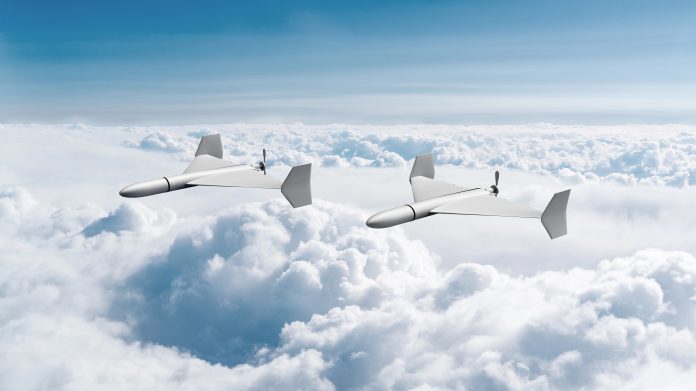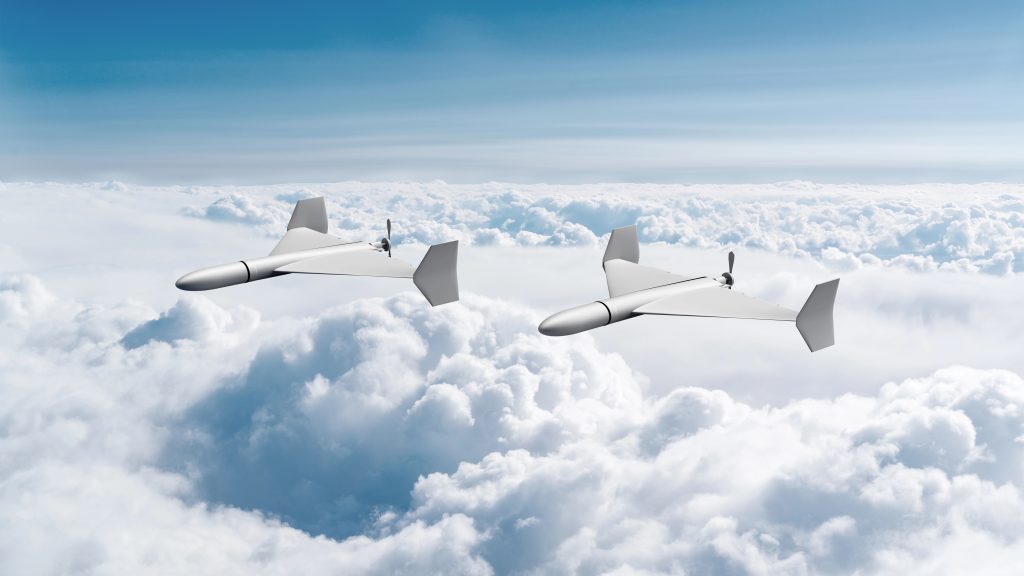
Was this the evening drone warfare tipped past a point of no return? Early on August 10, Russian forces launched over 100 Iranian-developed Shahed attack drones at Ukraine in a single wave. Ukraine’s Air Force reported that 82 were shot down using a mix of fighter jets, anti-aircraft missile systems, electronic warfare units, and mobile fire teams. The remaining 26 broke through defenses, hitting targets nationwide. The weight, timing, and component of the attack on the eve of news breaking that a U.S.-brokered peace agreement was in the works implied not only a military escalation but also a deliberately chosen act of political messaging.

1. Anatomy of the Shahed-136
The Shahed-136, or Geran-2 as it is known in Russia, is a loitering munition with a delta-wing configuration, 3.5 meters long, and with a wingspan of 2.5 meters. Approximately 200 kilograms in weight, it has a 30–50 kilogram high-explosive fragmentation warhead housed in its nose. Powered by a rear-mounted Mado MD550 piston engine a reverse-engineered version of the German Limbach L550E the aircraft cruises at speeds of up to 185 km/h with a range over 2,000 km. Launch is from a disposable rocket booster before the pusher propeller assumes control. The simplicity of its inertial navigation and GPS guidance makes it inexpensive $20,000–$50,000 per unit but also vulnerable to jamming, a weakness Russia has worked to mitigate.

2. Russian Domestic Production and Upgrades
At the Alabuga Special Economic Zone in Tatarstan, Russia has localized 90% of Shahed production, reducing unit costs from $200,000 in 2022 to about $70,000 in 2025. Modifications include matte-black coatings for night operations, honeycomb wing structures to reduce radar signature, and Chinese CRPA antennas to resist GPS spoofing. New warhead variants such as the thermobaric TBBCh-50M and the 90 kg BCh-90 shaped charge expand target sets to hardened structures. A Shahed-238 variant powered by a turbojet with a cruise speed of approximately 520 km/h has also been inducted into limited service, curtailing defenders’ response time substantially.
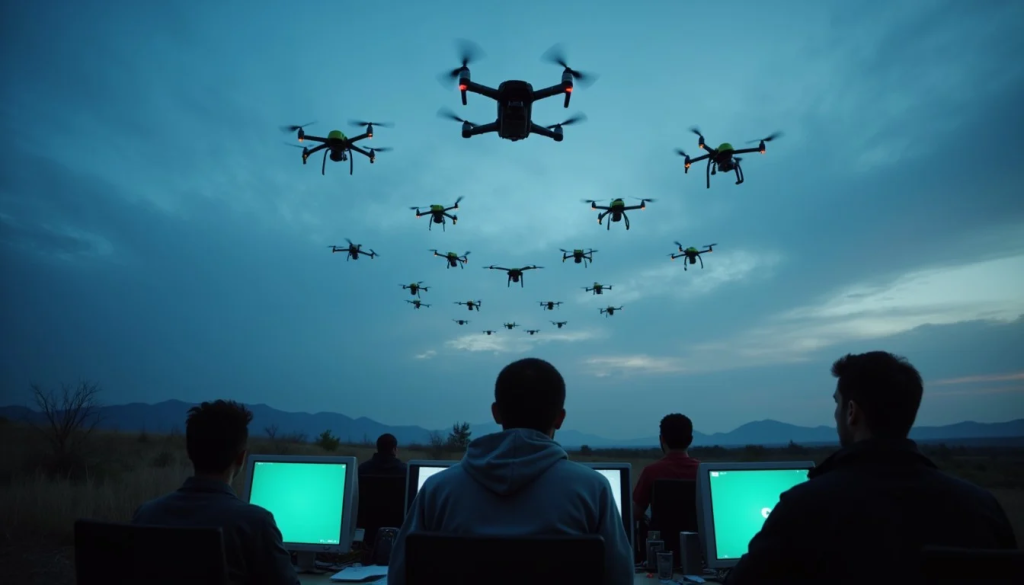
3. The Swarm Tactic
The August 10 strike imitated swarm tactics dozens of drones from Shatalovo, Kursk, Primorsko-Akhtarsk, and occupied Crimea converged upon targets at different heights. Some flew low below 200 meters to take advantage of radar blind spots, while others rose above 3,000 meters to avoid machine-gun fire. Decoy drones like the “Parodya” and “Gerbera,” fitted with Luneburg lenses, replicated the radar signature and speed of genuine Shaheds, flooding Ukrainian targeting systems and disclosing air defense locations.
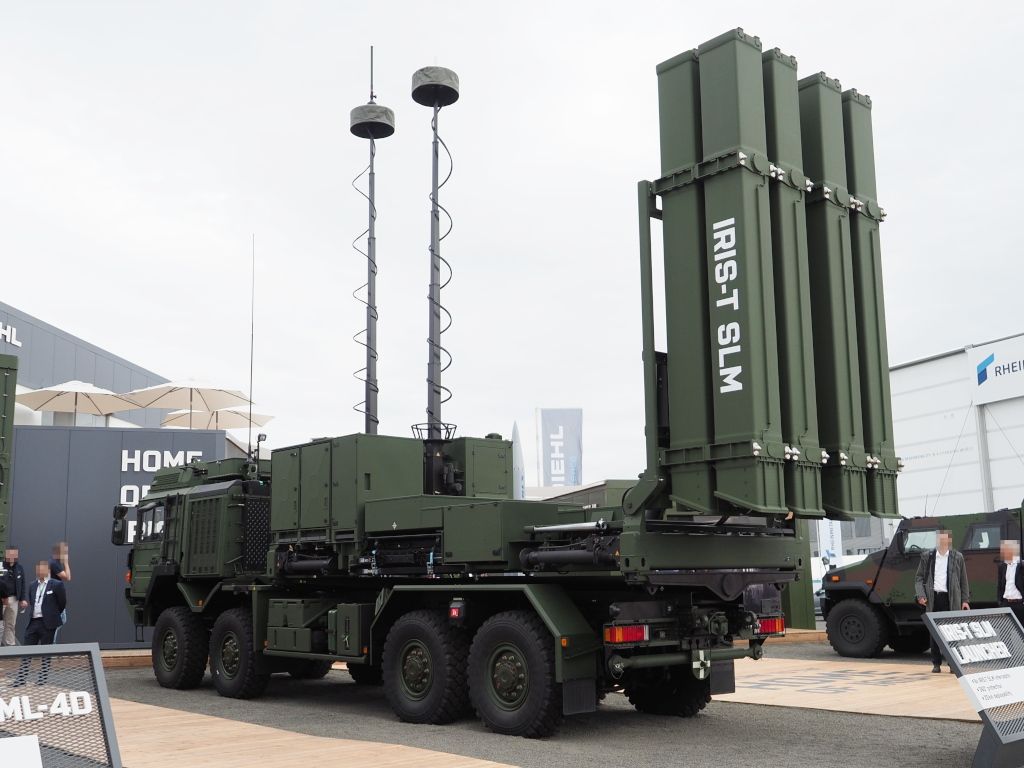
4. Ukraine’s Multi-Layered Air Defense
Ukraine’s strategy blended expensive systems such as the German IRIS-T SLM and American Patriot batteries with inexpensive platforms. Gepard self-propelled anti-aircraft artillery, with twin 35 mm autocannons and close-range radar, have been particularly deadly against Shaheds. Mobile fire units mounted with Browning M2 or ZU-23-2 guns now claim about 40% of drone casualties. But commanders are forced to balance the economics: firing a €400,000 missile at a $50,000 drone is not feasible in the long term.
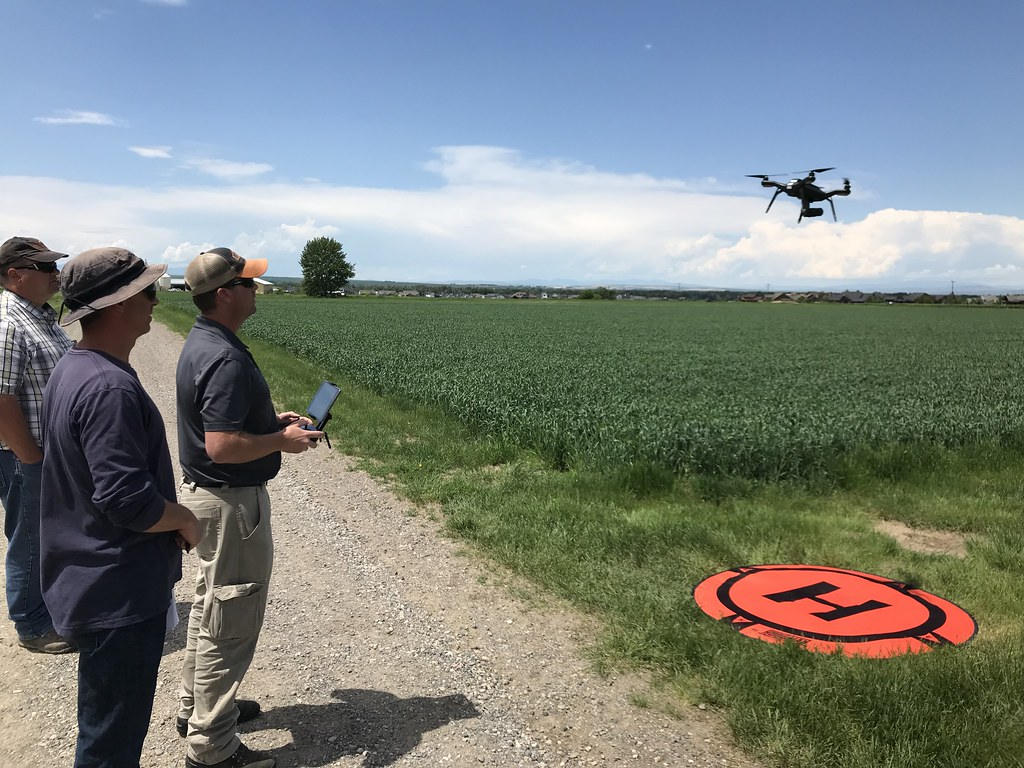
5. Interceptor Drone Rise
To bridge the cost difference, Ukraine is ramping up production of local interceptor drones at $1,000–$5,000 apiece. These wing or copter-type UAVs, flown in real time, can achieve speeds of 330 km/h sufficient to catch up with Shaheds and fly as high as 5 km. President Volodymyr Zelenskyy has directed a goal of manufacturing 1,000 interceptors per day, although existing contracts account for only a portion of that. In recent actions, interceptors have shot down “dozens” of incoming drones, providing an expandable defense if production and pilot training can keep up.

6. Electronic Warfare Countermeasures
Electronic warfare continues to be a key layer. Bukovel-AD-type systems jam control links and GPS, pushing drones off course. The “Atlas” project of Kvertus plans to roll out 8,500 detection and jamming stations at the front, each with 20 hours of autonomous life and selective jamming to protect friendly UAV activity. But Russian upgrades, including multi-element antennas, are undermining EW effectiveness, leading Ukraine to optical guidance and inertial navigation in its own drones to live through contested electromagnetic environments.
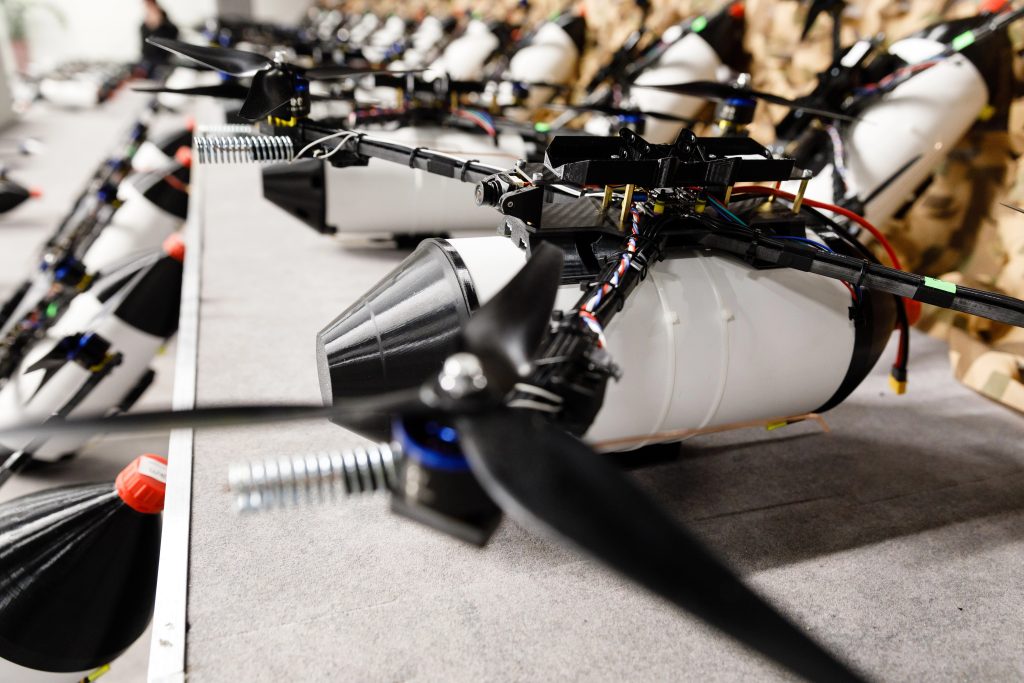
7. The Geopolitical Supply Chain
The Shahed’s trajectory from Iranian design to Russian mass production is part of a wider military-industrial reshuffle. Initially being delivered in kit form as part of a $1.75 billion agreement, the drones are being assembled nearly wholly in Russia, sidelining Iran and straining relations between the two countries. Western agencies caution that Alabuga’s growth may allow Russia to send upgraded Shaheds back to Iran, potentially restocking Tehran’s stores after Israeli attacks on its drone manufacturing facilities.
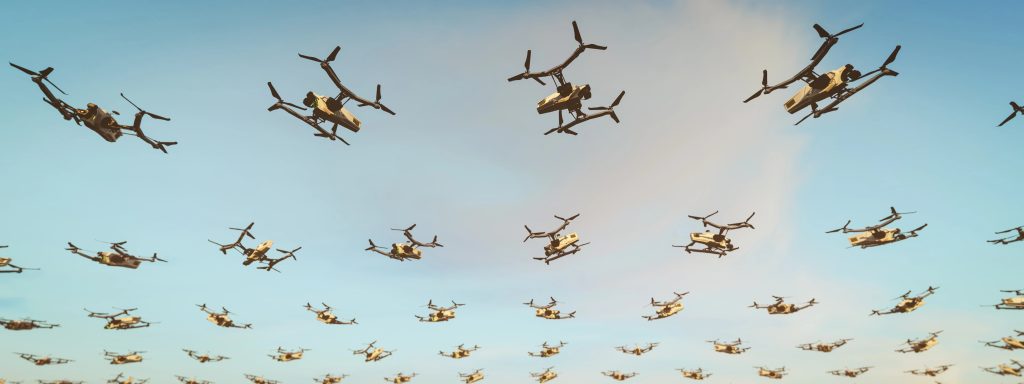
8. Strategic Consequences of Massed Use of Drones
The August 10 attack highlights the strategic value of inexpensive, long-range drones in protracted conflict. Saturating defenses, compelling costly intercepts, and exerting psychological pressure through the Shahed’s characteristic engine noise, Russia can cause disproportionate stress on Ukraine’s air defense system. The developing combination of swarm tactics, decoys, and advanced platforms indicates that defeating such attacks will not only involve more interceptors, but also more rapid integration of AI-facilitated detection, directed-energy systems, and layered EW.
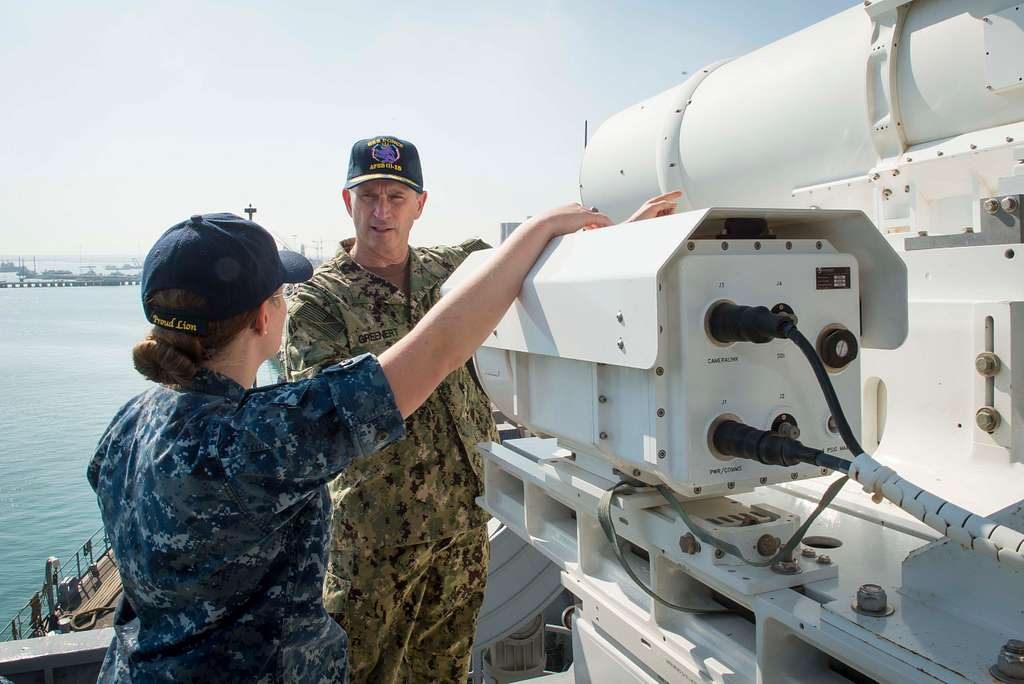
The evening’s events told more than an increase in numbers of drones they exposed the speeding up technological arms race in drone warfare, with cost, versatility, and manufacturing velocity as determinative as payload or range.
